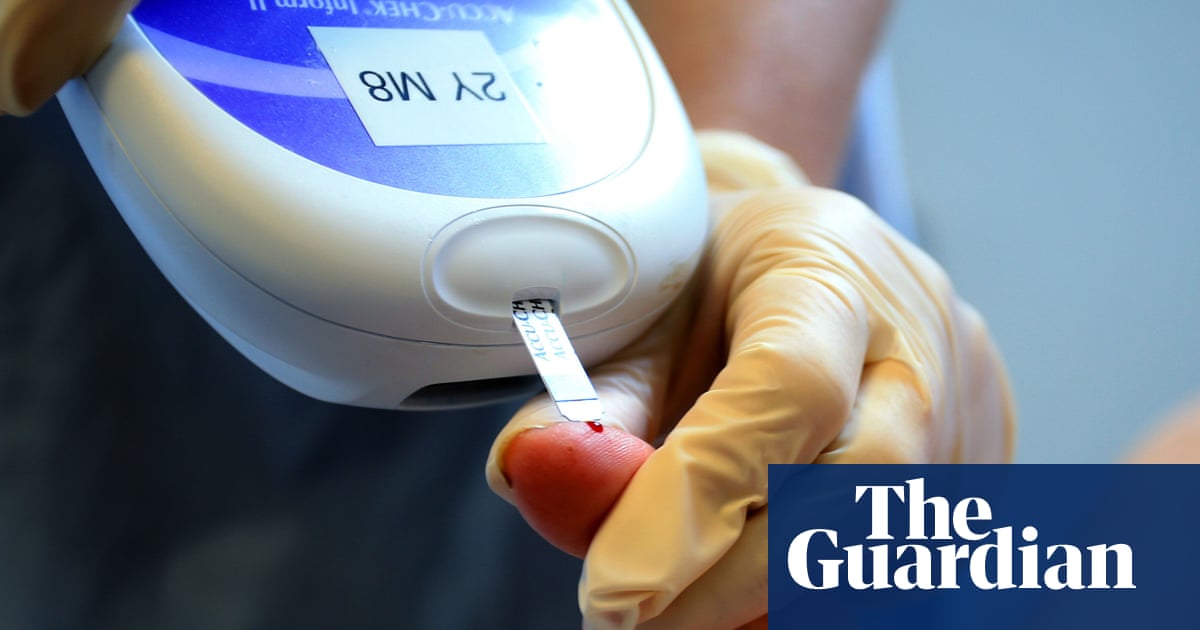Blood
Thousands unaware they have diabetes could be diagnosed at A&E, says study
Thousands of people unaware they have type 2 diabetes could be diagnosed and avoid serious complications if screening was introduced in emergency departments, a study suggests.
The prevalence of the disease has risen dramatically in countries of all income levels in the last three decades, according to the World Health Organization. More than 400 million people have been diagnosed, but millions more are estimated to be in the dark about the fact they have the condition.
A study that took place in an NHS trust in England suggests 10% more cases could be picked up with the use of a simple blood test. Screening could also pick up 30% more cases of pre-diabetes – a serious condition where blood sugar levels are higher than normal.
The findings are being presented at the annual meeting of the European Association for the Study of Diabetes (EASD) in Hamburg, Germany.
“Early diagnosis is the best way to avoid the devastating complications of type 2 diabetes, and offers the best chance of living a long and healthy life,” said Prof Edward Jude, of Tameside and Glossop integrated care NHS foundation trust.
“Symptoms of type 2 diabetes may be absent and can be tricky to spot in the early stages and the condition can go undetected for up to 10 years, which can lead to long-term complications such as heart disease, nerve damage and retinopathy.”
The study included data for 1,388 patients visiting the A&E department in Ashton-under-Lyne. None of the people had a diabetes diagnosis and they were all selected at random for the study.
All the patients were screened for type 2 diabetes using the glycated haemoglobin (HbA1c) test, which gives an indication of average blood sugar levels over the previous two to three months.
Pre-diabetes – where someone has a raised blood sugar level and is likely to go on to develop diabetes – was defined as having HbA1c 39-47 mmol/mol, and diabetes as 48 mmol/mol or higher. People were also asked to complete a questionnaire about their background, ethnicity and risk factors for diabetes.
This information was then used to calculate each patient’s Finnish diabetes risk score (Findrisc) to identify those at risk of developing type 2 diabetes, with scores of more than 20 indicating a very high risk of developing diabetes (50% chance over 10 years) and scores of 12 to 20 indicating moderate to high risk (33% chance over 10 years).
Of all 1,388 patients screened, 848 (61%) had normal blood glucose levels but 420 (30%) were found to have pre-diabetes and 120 (9%) were diagnosed with type 2 diabetes.
Based on the results, thousands of new cases of pre-diabetes and diabetes could be diagnosed in A&E departments every year, the researchers said.
“Opportunistic HbA1c-based screening in A&E departments, particularly those in high-risk and hard-to-reach groups, could make an important contribution to identifying undiagnosed individuals who will benefit from early treatment and lifestyle changes and so reduce their risks of long-term complications,” said Jude.
A separate study from the University of Cambridge and the University of Glasgow found that having a type 2 diabetes diagnosis at the age of 30 can cut life expectancy by up to 14 years.
For those diagnosed aged 50, their life expectancy could fall by up to six years.

